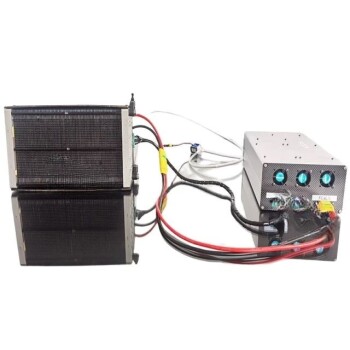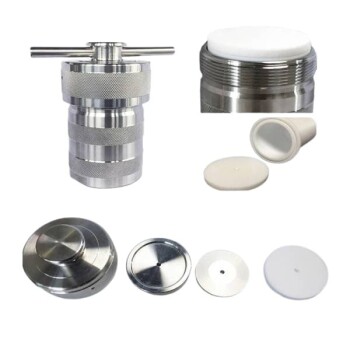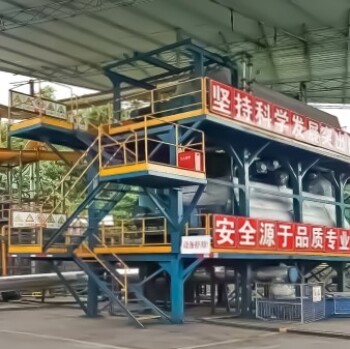Yes, biomass can be converted to hydrogen through various processes. These processes primarily include gasification and pyrolysis. They involve converting biomass into hydrogen and other gases without combustion. This makes them potentially low in net carbon emissions.
Can Biomass Be Converted to Hydrogen? 5 Key Methods Explained

1. Biomass Gasification
Biomass gasification is a process that converts organic materials into carbon monoxide, hydrogen, and carbon dioxide at high temperatures (>700°C). It uses a controlled amount of oxygen and/or steam. This process does not involve combustion, which helps in reducing emissions. The gasification of biomass is considered a mature technology and is being deployed in various parts of the world. The U.S. Department of Energy anticipates that this method could be widely used in the near term. The gasification process is also seen as a key technology in the European Union's Green Deal initiative, aimed at achieving climate neutrality.
2. Biomass Pyrolysis
Pyrolysis is another method used to produce hydrogen from biomass. This process involves heating biomass in the absence of oxygen to decompose it into volatile compounds and a solid residue. The volatile compounds are then subjected to steam reforming, a process that converts these compounds into hydrogen and carbon dioxide. Studies have shown that materials like sugarcane bagasse, wheat straw, and rice husk can be effectively used in this two-stage process, with rice husk producing the highest yield of hydrogen.
3. Biomass-Derived Liquid Reforming
This method involves the conversion of biomass into liquid fuels such as ethanol and bio-oils, which are then reformed to produce hydrogen. These liquids can be transported more easily than raw biomass, allowing for semi-central or distributed hydrogen production at fueling stations. This technology is considered a mid-term pathway for hydrogen production from biomass.
4. Environmental Impact and Sustainability
The use of biomass for hydrogen production is particularly attractive due to its potential for low net carbon emissions. Since biomass absorbs carbon dioxide during growth, the overall carbon footprint can be minimized, especially when coupled with carbon capture, utilization, and storage technologies. This makes biomass-derived hydrogen a promising option for sustainable energy production.
5. Conclusion
In conclusion, biomass can indeed be converted to hydrogen through several well-established and researched processes. These methods not only offer a sustainable alternative to traditional fossil fuel-based hydrogen production but also contribute to global efforts in reducing carbon emissions and achieving climate neutrality.
Continue exploring, consult our experts
Discover the sustainable power of biomass with KINTEK SOLUTION! Harness the green energy revolution with our advanced hydrogen conversion technologies, transforming organic materials into clean, renewable energy at high efficiency. Join us in paving the way for a cleaner, greener future—where sustainability meets cutting-edge innovation. Let's redefine the boundaries of energy production with KINTEK SOLUTION today!











